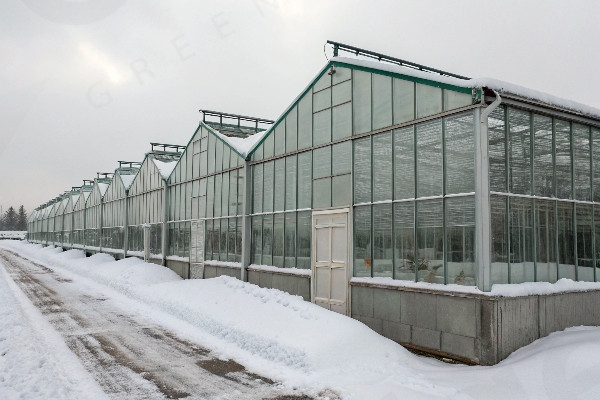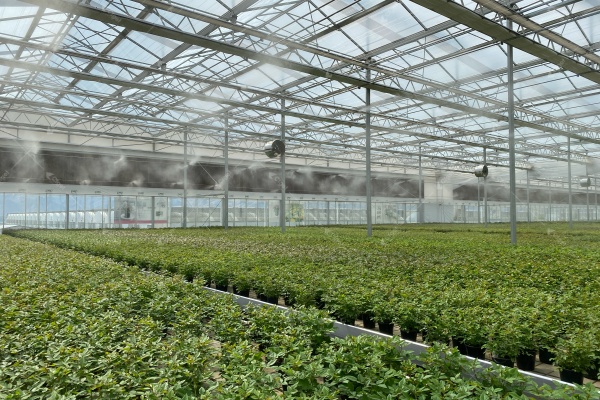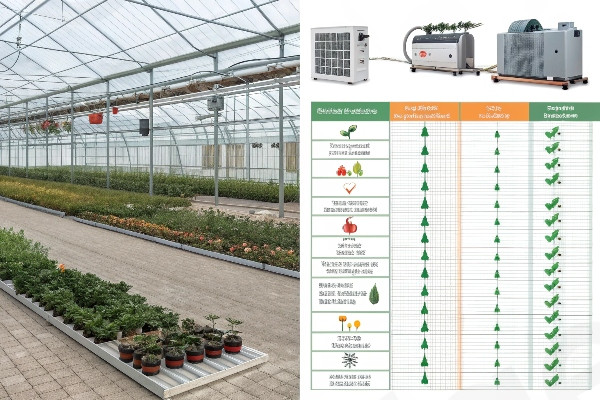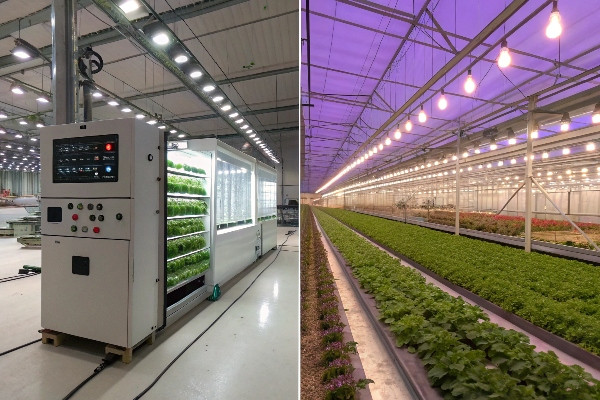Thinking about building a Chinese greenhouse? Wondering if it’s the right choice for your crops and climate? It’s a big decision, and weighing the pros and cons is crucial.
Chinese greenhouses offer unique benefits, like excellent heat retention. But, they also have some limitations. It depends on your specific needs and local conditions.
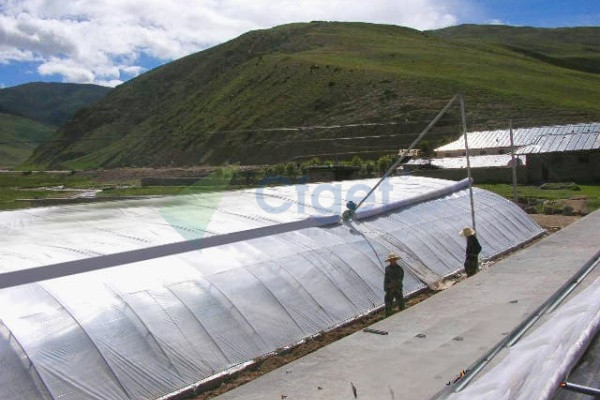
Let’s explore both sides. We’ll examine the good and the bad. This will help you decide if a Chinese greenhouse is the best fit for you.
Key Advantages of Chinese Greenhouses: A Quick Overview?
Are you looking for a greenhouse that stays warm naturally? Do you want to extend your growing season without huge energy bills? This is where Chinese greenhouses shine.
The main advantage of a Chinese greenhouse is its amazing ability to store heat. This comes from its unique design, especially the thick north wall. This design reduces the need for extra heating.
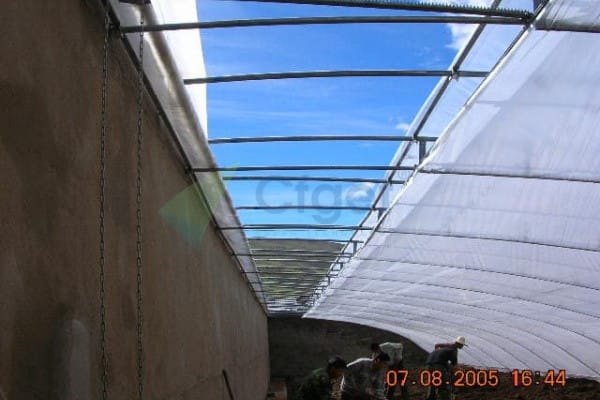
Let’s dive deeper into the specific advantages. We’ll see how these features work together. They create a stable and efficient growing environment.
Superior Heat Retention
The north wall is key. It’s thick and usually made of materials like brick or soil. This wall acts like a giant heat battery.
| Feature | How it Works | Benefit |
|---|---|---|
| Thick North Wall | Absorbs solar energy during the day, releases heat at night | Reduces temperature swings, keeps things warm |
| Insulating Cover | Often a quilt or blanket, rolled over the greenhouse at night | Prevents heat loss at night |
| Sloped Design | Maximizes sunlight capture, especially during winter | More light and heat |
Extended Growing Season
Because of the great heat retention, you can grow for longer. This is a big plus in colder climates.
| Season | Benefit |
|---|---|
| Winter | Can grow crops that would normally die in the cold |
| Spring/Fall | Start growing earlier, harvest later |
| Summer | Can help protect plants from extreme heat in some climates |
| Year-round | Achieve continuous planting. |
Reduced Energy Costs
Less need for extra heating means lower energy bills. This is good for your wallet.
| Energy Source | Comparison |
|---|---|
| Electricity | Chinese greenhouses often use much less electricity |
| Gas | May not need gas heating at all in some climates |
| Solar | The greenhouse itself is a passive solar system |
I remember talking to a grower in Hebei Province. He told me his Chinese greenhouse saved him over 60% on heating costs compared to his old plastic tunnel greenhouse.
Potential Disadvantages of Chinese Greenhouses: Factors to Consider?
Is a Chinese greenhouse always the perfect solution? Are there situations where it might not be the best choice? It’s important to be realistic about the limitations.
While great at holding heat, Chinese greenhouses can have downsides. These include lower light levels in some designs and potential issues with humidity and ventilation.
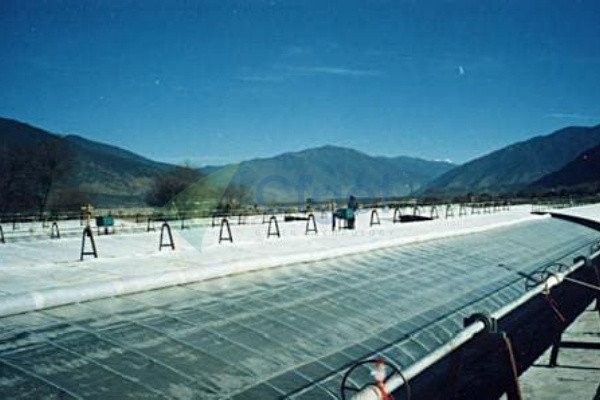
Let’s examine these potential drawbacks. We need to understand when and why they might occur.
Lower Light Levels
The thick north wall, while great for heat, can block some light. This can be a problem, especially in winter.
| Factor | Impact on Light |
|---|---|
| Wall Height | Higher walls block more light |
| Greenhouse Orientation | If not facing south (in the Northern Hemisphere), less light |
| Covering Material | Some materials let in less light than others |
Humidity and Ventilation Challenges
The tight seal that keeps heat in can also trap moisture. This can lead to high humidity.
| Problem | Why it Happens |
|---|---|
| High Humidity | Less air exchange with the outside |
| Poor Ventilation | Can lead to a buildup of stale air and gases |
| Disease Risk | High humidity can encourage some plant diseases |
Construction Complexity and Cost
Building a Chinese greenhouse is often more involved than a simple hoop house.
| Factor | Impact |
|---|---|
| Material Choice | Brick or concrete walls require more skilled labor |
| Labor Costs | Can be higher due to the more complex construction |
| Initial Investment | Often higher than for simpler greenhouse types |
Summary: Comparing the Pros and Cons?
Ready to see all the advantages and disadvantages side-by-side? Want a clear, concise comparison to help you make a quick decision?
It helps to put the pros and cons next to each other. This makes it easier to see the trade-offs.
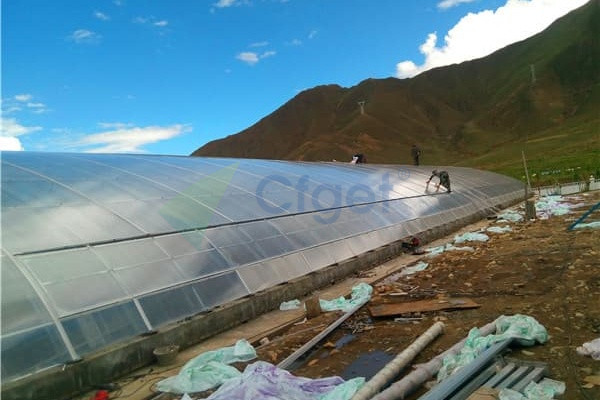
Let’s create a simple table summarizing.
| Feature | Advantage | Disadvantage |
|---|---|---|
| Heat Retention | Excellent, reduces heating costs | Can lead to overheating in summer if not managed |
| Growing Season | Extended, allows for earlier/later crops | N/A |
| Energy Costs | Lower, due to passive solar design | N/A |
| Light Levels | Good, but can be lower than other designs | Thick north wall can block some light, especially in winter |
| Humidity/Ventilation | Requires careful management | Can be challenging to maintain optimal levels |
| Construction | More complex and potentially costly | Requires more skilled labor and potentially more expensive materials |
| Cost | Moderate to high initial cost | Lower long-term running costs due to energy savings |
How to Weigh the Advantages and Disadvantages of Chinese Greenhouses?
Feeling overwhelmed by all the information? Not sure how to apply these pros and cons to your own situation? A structured approach can make it easier.
The best way to decide is to think about your specific needs. Consider your climate, the crops you want to grow, and your budget.
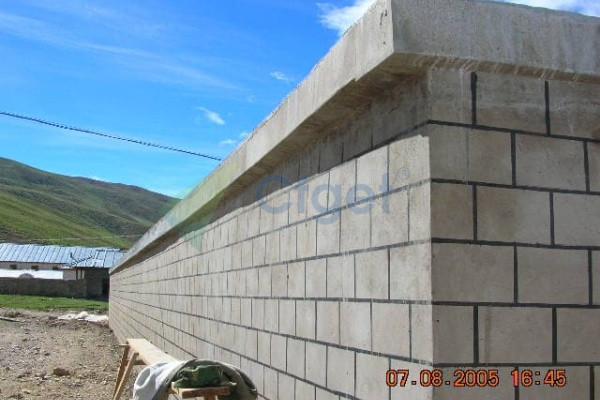
Let’s break down the decision-making process. We’ll use a step-by-step approach.
Step 1: Assess Your Climate
Your local climate is the biggest factor.
| Climate Factor | Chinese Greenhouse Suitability |
|---|---|
| Cold Winters | Very suitable, excellent heat retention |
| Mild Winters | May be suitable, but consider if the extra cost is worth it |
| Hot Summers | Can be suitable, but needs good ventilation and maybe shading |
| Cloudy Regions | May not be ideal, due to lower light levels |
Step 2: Consider Your Crops
Different crops have different needs.
| Crop Type | Suitability |
|---|---|
| Winter Vegetables | Excellent, can grow many cold-hardy crops |
| Heat-Loving Crops | Good in winter, but may need extra cooling in summer |
| Light-Demanding Crops | May need supplemental lighting, especially in winter |
Step 3: Evaluate Your Budget
Be realistic about what you can afford.
| Budget Item | Considerations |
|---|---|
| Initial Construction | Chinese greenhouses often have a higher upfront cost |
| Long-Term Costs | Factor in potential energy savings, reduced need for heating |
| Maintenance | Brick/concrete walls are durable, but may need occasional repairs |
Step 4: Think About Year-Round Planting
If you want to achieve year-round planting, you need to analyze the local climate.
| Season | Considerations |
|---|---|
| Four-season climate | Analyze the temperature of each season to choose the suitable system. |
| Crop Type | Consider whether the crop type is suitable for local planting and what systems need to be used to assist growth. |
A grower I know in Inner Mongolia uses his Chinese greenhouse to grow tomatoes all year. He added extra insulation and a small supplemental heater for the coldest nights. But, he still saves money compared to a traditional heated greenhouse.
Conclusion
Chinese greenhouses offer great heat retention and can extend your growing season. But they can also have lower light and need careful humidity control. Weighing the pros and cons carefully, considering your climate, crops, and budget, is key to making the right decision.

